Category: Information
Drought Conditions Starting Already
June 8, 2023Mother Nature can be both a friend and a foe, and when it comes to drought, there’s nothing friendly about her! During hot and dry spells, our lawns and landscape plants can really use our help to get by.
What Are the Signs of Drought Stress?
Different plants show different symptoms. Grass can turn bluish-green or brown in color, with footprints remaining in the turf after you’ve walked on it. Trees and shrubs usually have wilting, yellowing leaves when suffering from drought.
What You Should Do
Ideally, you’ll provide your lawn with 1″ to 1 1/2″ of water per week in the absence of rainfall. Your trees and shrubs will benefit from a deep weekly soaking as well. Naturally, if watering restrictions are in place, you should follow local guidelines for water conservation, watering your lawn, trees and shrubs whenever you can. You may also want to set priorities as to what gets watered first. Valuable specimen trees or anything that was recently planted (trees, shrubs or grass) should get special attention.
It’s very important to keep your lawn and landscape plants well fertilized. Mulching around trees, shrubs and planting beds is beneficial as well. These practices lead to deeper, denser root systems, making it easier for plants to withstand drought conditions (and related problems like insects and disease).
With proper watering, fertilizing and mulching, your lawn and landscape will be much better equipped for the hot, dry weather ahead of us!
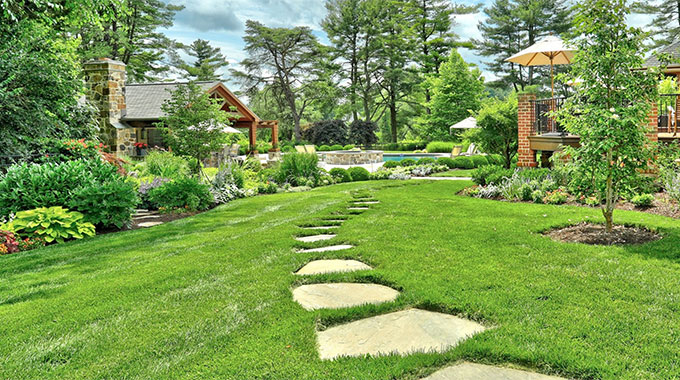
May 5, 2023
Natural Screens for Protection and Privacy
Today’s backyards have truly become outdoor living rooms, perfect places for entertaining, family fun and everyday activities. However, outdoor living often means we need a little more privacy or protection from the elements. Trees, shrubs or vines can provide a natural solution. Natural screens can be less expensive than fences or walls. They can add texture, color and fragrance as well as privacy. Plants can also help control noise, keep dirt and debris from your yard, and protect you and your lawn from too much wind or sun.
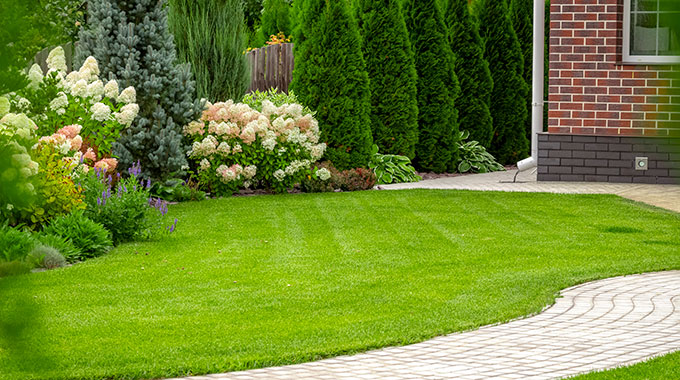
Natural screens can:
- Separate the street or neighbors from areas where you entertain or relax.
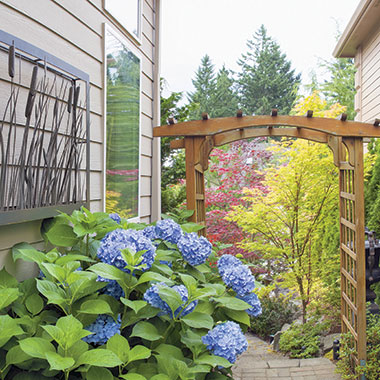
Privacy landscaping is an effective, natural way to increase the privacy of your yard and maximize your enjoyment of the outdoors. - Hide work and storage areas.
- Divide parts of your lawn, like garden and play areas, and guide foot traffic.
Here are a few options:
- For maximum privacy, a solid hedge of shrubs works well. Evergreens provide year-round screening and can be informal or formal, depending on how you trim them.
- Vines on trellises are quick-growing and inexpensive. They work especially well in narrow spaces.
- Even single trees or shrubs, carefully placed in a line of view, can solve privacy problems.
- Plants can channel air for a soft, relaxing breeze or create the right amount of shade for that late-afternoon barbecue.
Shrubs, trees and vines can also help you control the climate of your yard for more enjoyable entertaining year-round. In fact, the air temperature in the shade of a tree can be 10-15 degrees lower than in an unshaded area.
Drainage Solutions For Your Landscape
April 14, 2023Don’t Let Your Landscape Go Down the Drain!
When talking about landscaping, the word “drainage” is not the most exciting topic. The fact is that drainage is critically important in making the most of your property.
Without proper drainage, water may collect to undermine foundation structures and drown expensive plants, turning parts of your new landscape into perpetually wet, unusable swamps. Excessive water creates all sorts of problems for construction and limits your planting options. In addition, poor drainage can promote an increase in mosquitoes and accompanying health risks.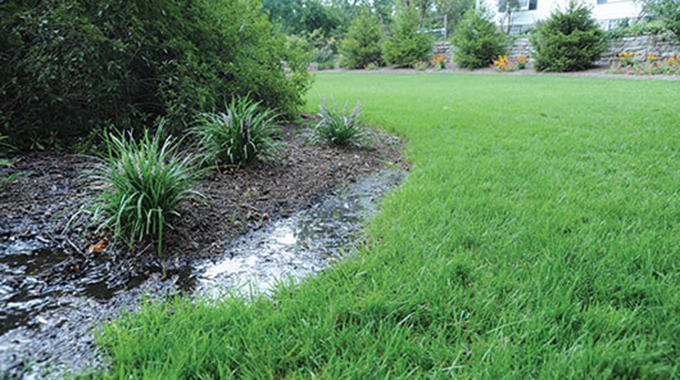
Spotting problem areas is the first step in solving them through design. In some cases, excess water can be addressed with water-thirsty plantings. This organic approach is non-intrusive and adds new plant life to your landscape. In many situations, the best solution is to install a subsurface drainage tile system, in order to move excess water away from the area. This process is more involved upfront but is generally more thorough and effective.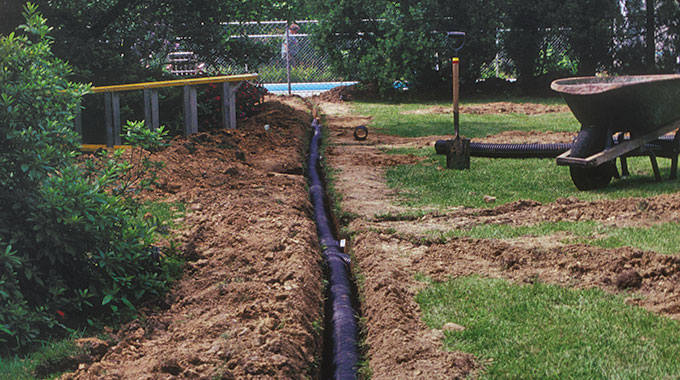
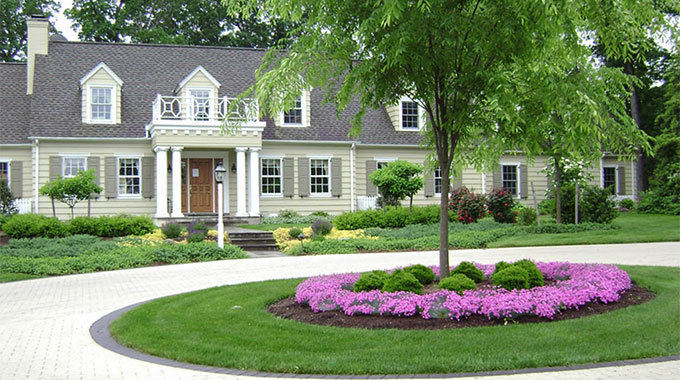
Welcome the World with a Perfect Entry
March 15, 2023Welcome the World with a Perfect Entry
The ideal entryway landscape directs and leads friends and family to your door in a way that makes them feel truly welcomed. Additionally, entryway landscaping increases your home’s curb appeal in a way that will add to your enjoyment and the value of your property.
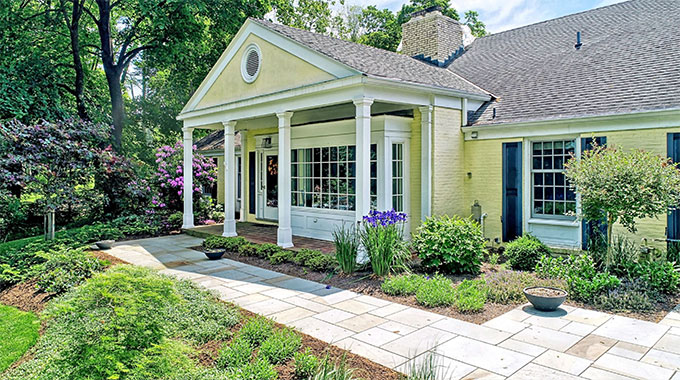
Your home’s front door should be its natural focal point. The walkway directs visitors physically to your door, and plantings lead the eye there. First, make sure your front walk is wide enough to accommodate two people walking side by side and that its surface is safe. Walkway materials can complement any architectural style or preference.
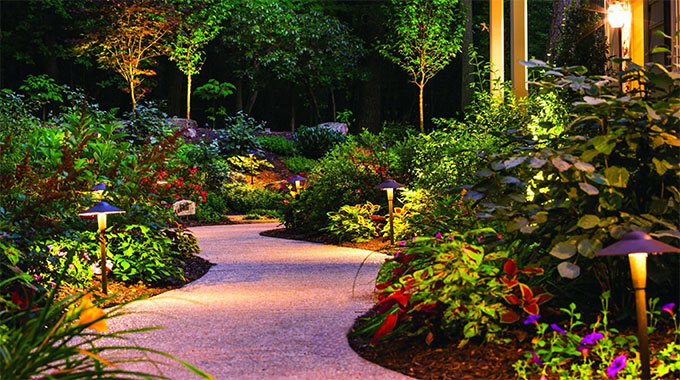
Large front lawns can use a big specimen tree near the street or driveway to attract the eye first. An ornamental tree’s canopy over a front walkway can be inviting, and a low hedge or fence can present a feeling of cozy enclosure. There’s a lot involved in choosing plants that will not grow to overwhelm an entrance but will stand the test of time. We can help you choose plants that won’t outgrow their spaces, create litter on walkways or look bad during winter.

Caring for Your Green Investment
January 24, 2023Landscapes are one of the hardest-working parts of any living environment. Your lawn and trees clean and filter water and air, produce a tremendous amount of oxygen, provide natural air conditioning in the summer and add to your home’s insulation in the winter. Turf and trees also absorb sound very efficiently and help reduce runoff and erosion. Your landscape can be a relaxing spot in a hectic world.
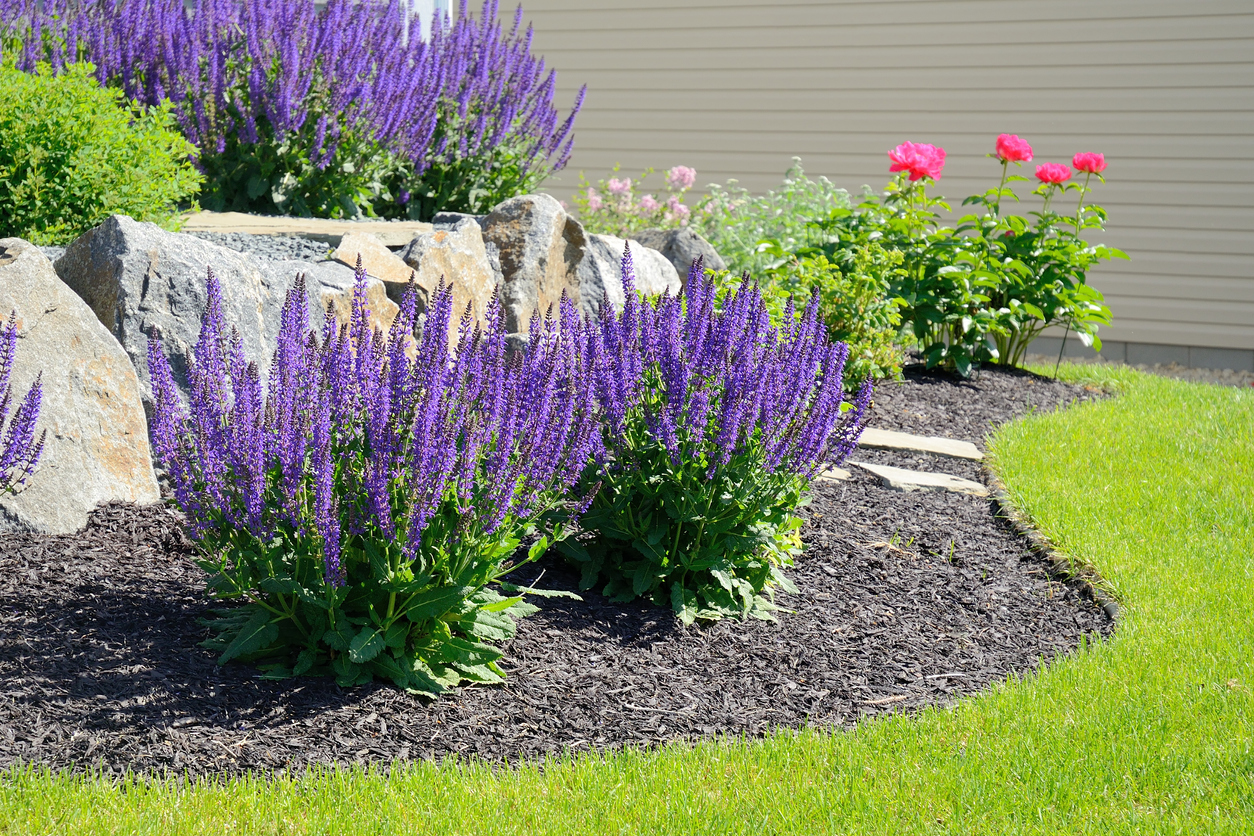
In addition to all of these practical, scientific benefits, most trees and shrubs provide a changing kaleidoscope of color and texture throughout the year. Lawns and landscapes give us natural space on our own property. They give us an opportunity to spend time outdoors, with family, friends, or by ourselves, as we each see fit.
When you consider the aesthetics of natural beauty combined with the health-giving benefits, your lawn and landscape become one of your very best investments. Your landscape benefits you and your community, and our goal as lawn and landscape professionals is to make sure you get the most out of your green investment.
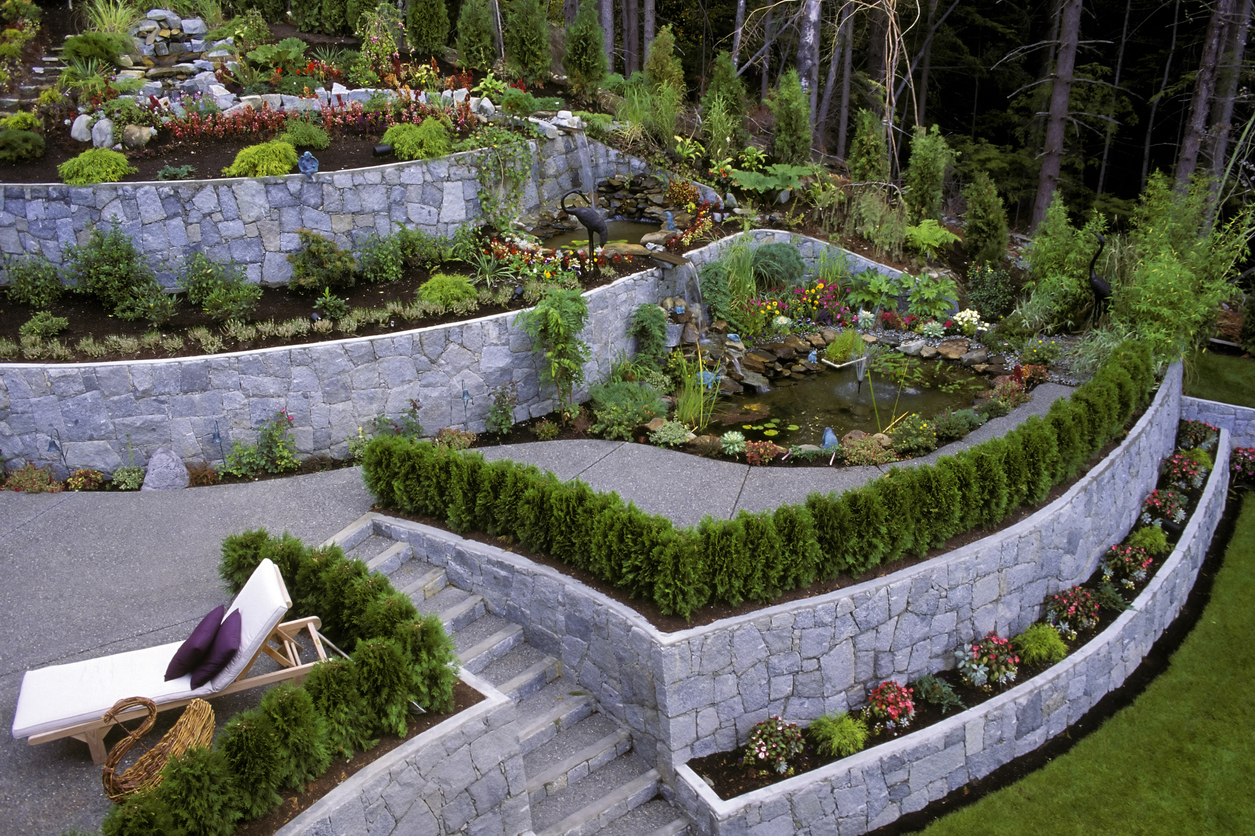
Our goal is to help you enjoy your lawn and landscape more. We’ll keep you informed of news and pass on ideas and suggestions that can help. We’ll try to explain how and why things happen the way they do and remind you of important seasonal needs.
So stay tuned and enjoy the season. Together, we’ll make the most of your investment in “green commodities.”
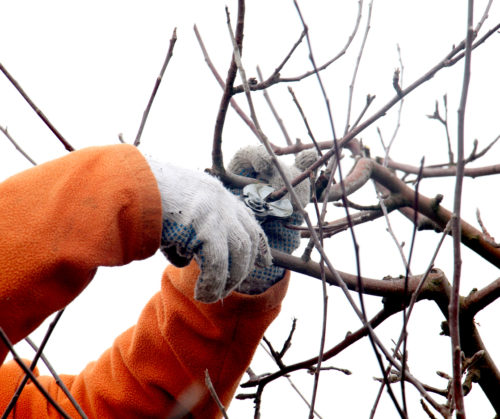
Timely Trimming
March 2, 2020Trees and shrubs are a property’s most prominent features. Unfortunately, they sometimes need to be removed simply because they’ve been allowed to outgrow their designated space. Regular pruning eliminates the need for premature removal and allows you to enjoy trees and shrubs for many years to come.
One of the best times to prune trees and shrubs is the winter. When trees and shrubs aren’t actively growing, they respond well to pruning. When plants are dormant, their energy can be entirely focused toward healing wounds from pruning. The absence of leaves allows for a clutter-free work area where limbs and branches can be removed selectively. This makes for a quicker, more efficient job.
Proper pruning adds to shrub and tree longevity by addressing damage from severe weather. Decaying and diseased wood can be strategically removed so that sickness is unable to spread. Smart pruning helps control a plant’s size by removing branches that overlap and rub against each other. Excessive growth blocking driveways, walkways and windows can also be cut back.
Gorgeous, prominent trees and shrubs are your landscape’s biggest assets. Winter is an ideal time for professional pruning that will make your trees and shrubs look great in the coming spring and healthy for many years to come.
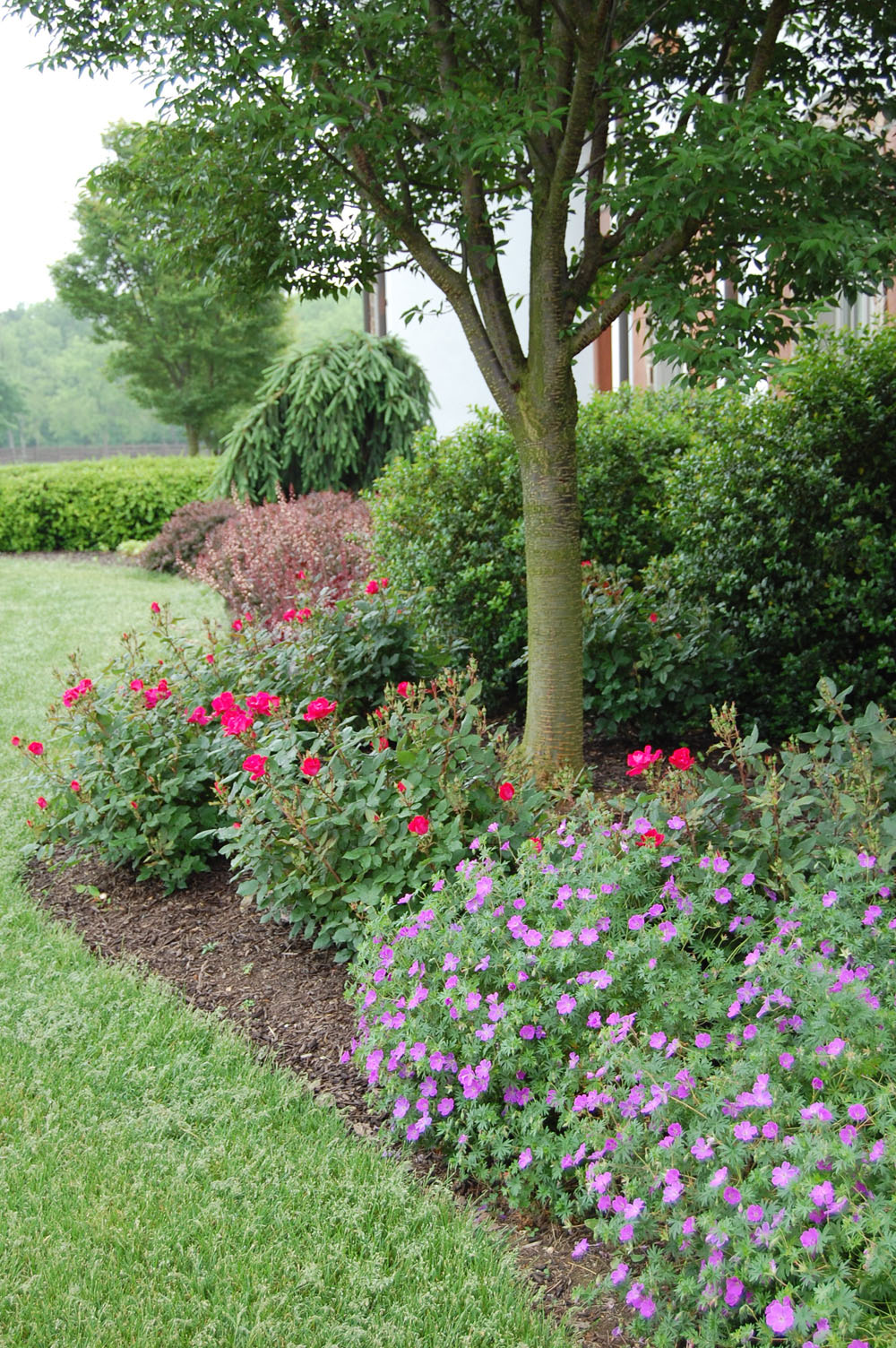
What’s Wrecking Your Landscape?
June 4, 2019Could it be your landscape contractor? After all, this is not an easy job or you would do it yourself, right? Besides the shear physical labor involved (pun fully intended), it takes a huge amount of knowledge to properly maintain a mature landscape.
Literally Thousands of Plants
There are thousands of ornamental perennials, shrubs and trees, each with multiple cultivars and varieties that have specific environmental needs and are susceptible to unique pests and pathogens. Each of these unique plants needs to be cared for in unique ways to promote healthy, vibrant and lasting growth.

Think Spring! Deck vs. Patio Installation
December 5, 2018Winter weather is definitely here, and it’s got the folks at Hively daydreaming about spring! One of the best things about spring is enjoying time outside on your patio or deck. But what if you don’t have a patio or deck? Now may be the time to start considering it!
The difference between a deck and a patio is fairly obvious: one is raised above ground level, and the other is flush to the ground. However, the questions raised become what are the differences between their installation, and which one is best for your home and landscape? Today, we want to put together a list of installation differences between decks and patios, as well as possible benefits and drawbacks of each.
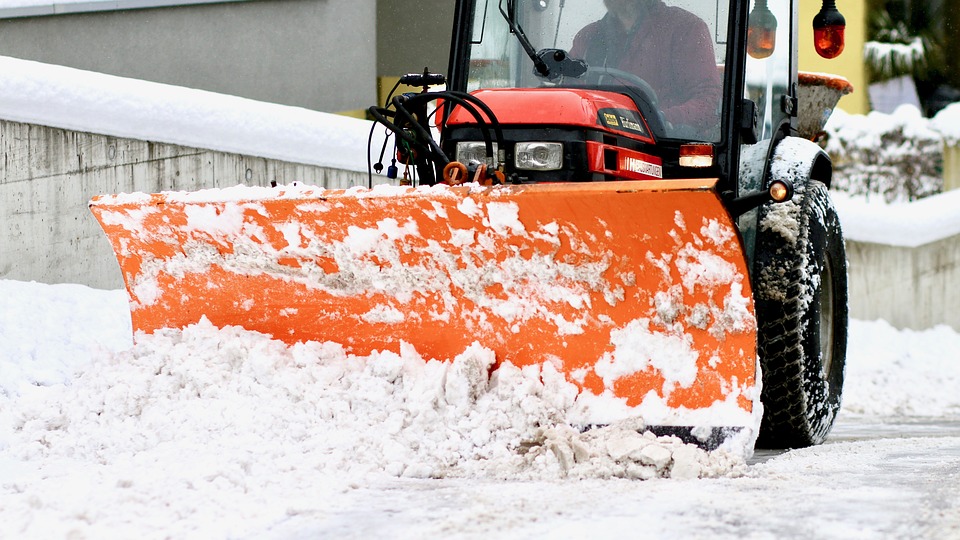
Commercial Snow Removal Budgeting: Avoid Getting Buried This Winter!
November 28, 2018As winter looms closer, snow removal becomes a more immediate concern – specifically, snow removal for your commercial property! Commercial snow removal can be a big expense, especially if it’s a long, cold winter.
However, safety is a top priority for you as a business owner; here are some great ways to maximize your snow removal budget and keep your property clear and safe all winter long.
Spotted Lanternfly Pest Alert
November 26, 2018Pest Alert: Spotted Lanternfly
Pennsylvania and parts of Maryland are under a pest alert for the spotted lanternfly (lycorma delicatula). Native to China, Bangledesh, Vietnam and introduced to Japan and Korea where is has become a major pest of grapes. The invasive spotted lanternfly has the potential to greatly impact the grape, hops and logging industries in PA and beyond. Several counties in eastern PA, including Berks, Delaware and Lancaster counties, are under quarantine. The spotted lanternfly is moving steadily westward across the southern tier of the state.
If you live outside the current quarantine area in PA and find a spotted lanterfly in any life stage, report it!